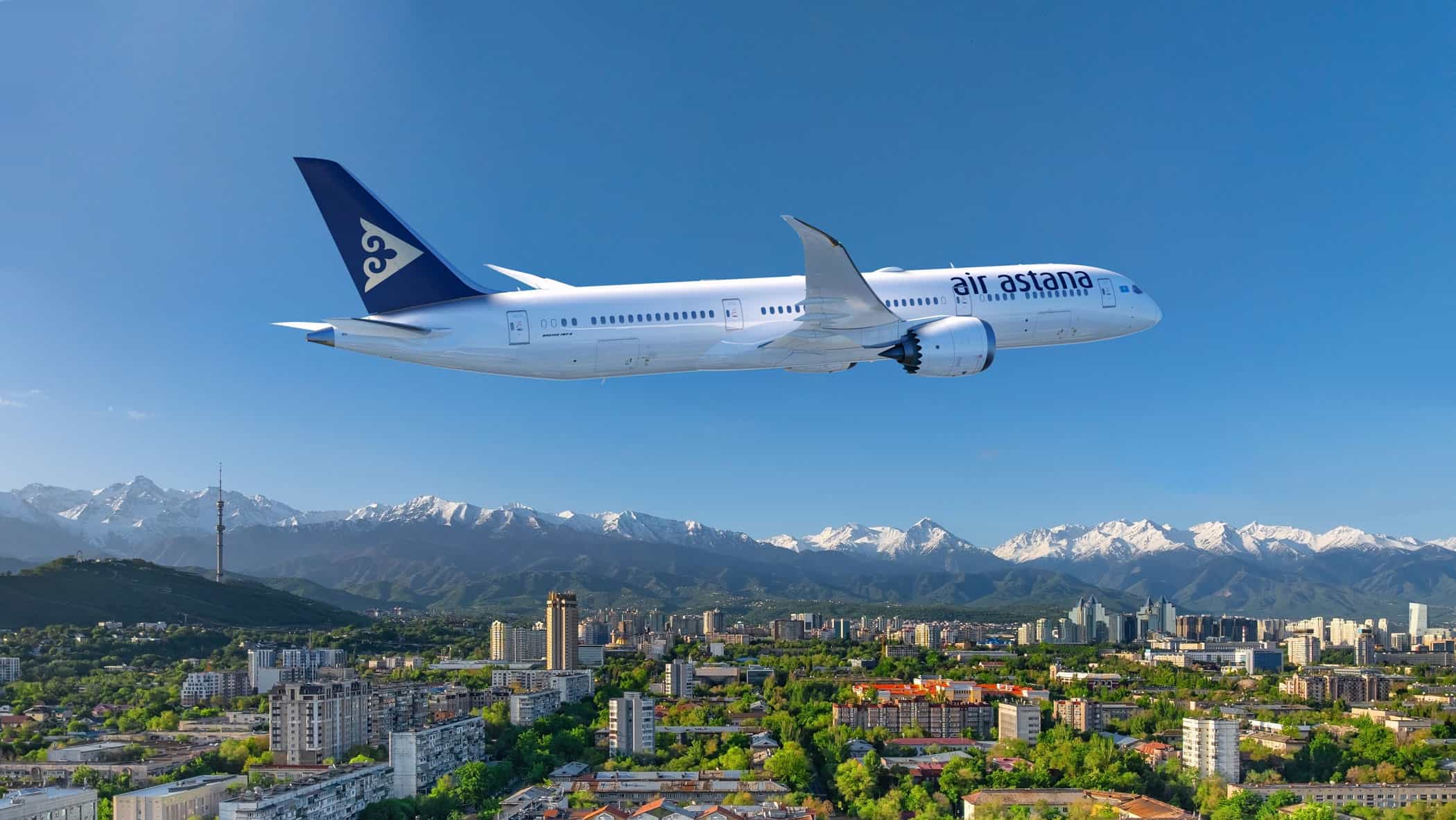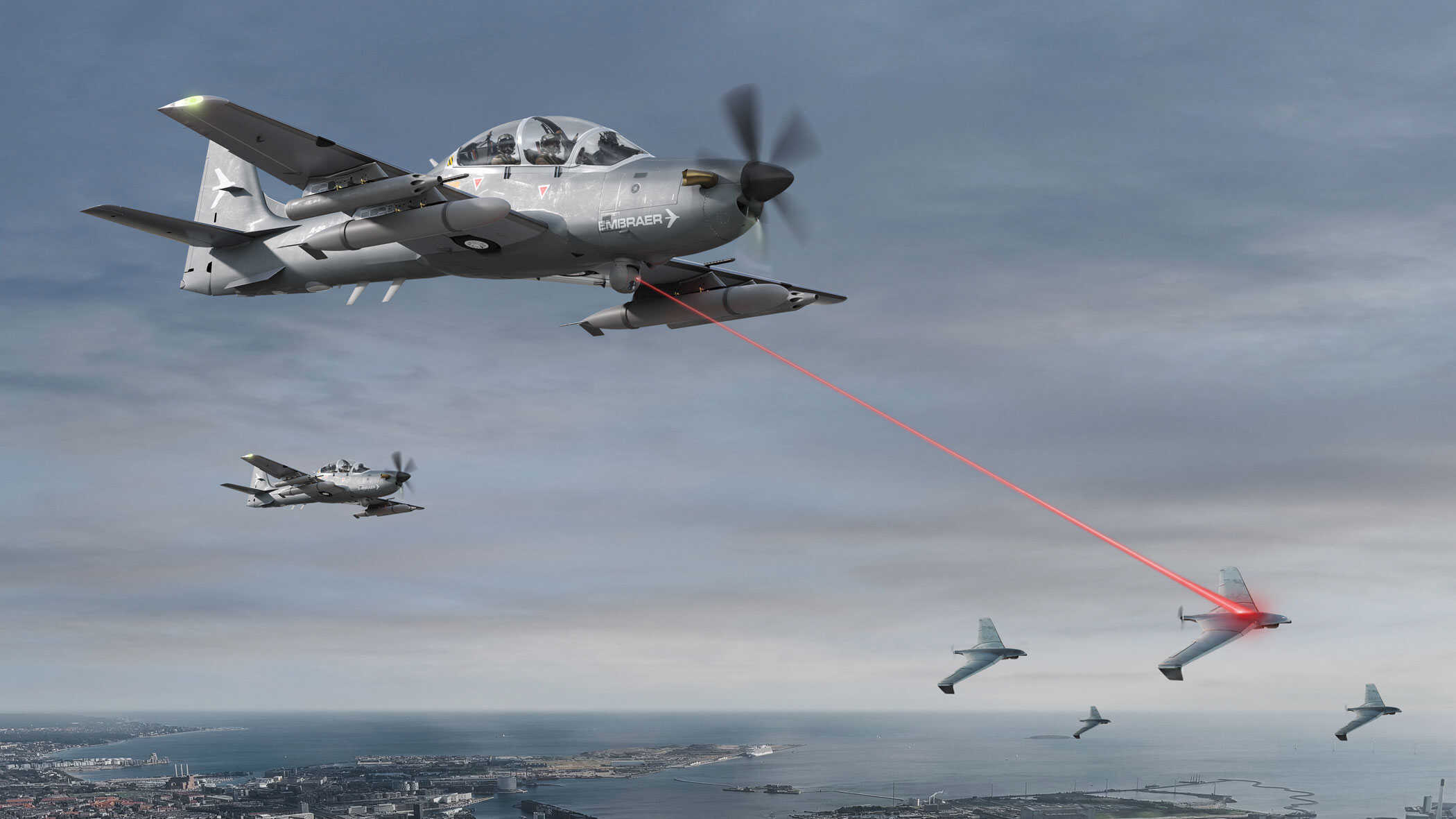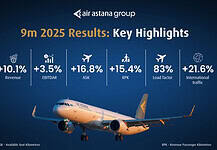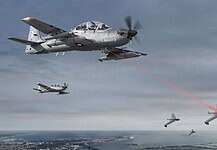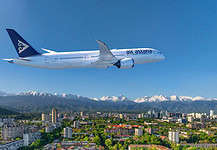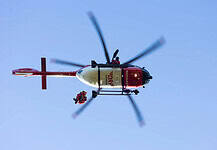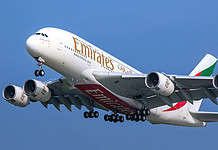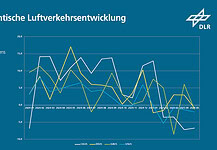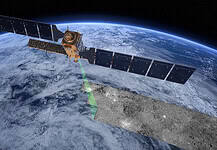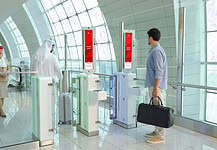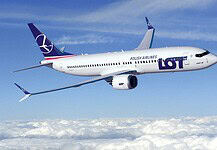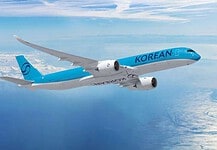This site is also available on:
Deutsch
NATO is taking an important step towards strengthening European defence capabilities by expanding its multinational Multi Role Tanker Transport (MRTT) fleet.
The NATO Support and Procurement Agency (NSPA) has ordered two additional Airbus A330 MRTT aircraft, bringing the Multinational MRTT Fleet (MMF) to a total of twelve aircraft. These two additional aircraft are scheduled for delivery by 2028 and 2029, respectively, complementing the already strategically important fleet that serves as the backbone of the Alliance’s air refueling and airlift capabilities.
This growth also coincides with the official inclusion of Sweden and Denmark in the MMF program. These Nordic countries are thus expanding their role in European defense cooperation and, together with existing partners, contributing to greater European strategic autonomy. This expansion not only demonstrates cooperation within Europe but also establishes new standards in terms of efficiency and interoperability in the defense field.
The ability to conduct air refueling missions, combined with strategic airlift capability and medical evacuation capabilities, makes the Airbus A330 MRTT an indispensable asset. The following article provides a comprehensive analysis of this expansion, highlighting technical details, political implications, and future application potential within and outside the NATO alliance.
Background and significance of the MMF program
The Multinational MRTT Fleet Program is a remarkable example of transnational defense cooperation. Initiated and co-financed by the Netherlands and Luxembourg, with the progressive involvement of Norway, Germany, Belgium, and the Czech Republic, the program provides for the shared use of NATO-owned Airbus A330 MRTT aircraft. This ‘pooling and sharing’ strategy promotes cost savings, ensures technological standardization, and increases military interoperability among participating states.
The addition of two additional aircraft takes place against the backdrop of a changing security situation in Europe and a growing need to optimize the mobility and operational readiness of air forces. Sweden and Denmark are thereby increasing the number of participating states and simultaneously creating a broader basis for joint defense initiatives. This approach underscores the growing political willingness to shape defense issues in a cooperative manner beyond national borders.
Technical features and advantages of the Airbus A330 MRTT
The Airbus A330 MRTT is one of the most advanced multi-role aircraft in its class. With a fuel capacity of up to 111 tons, the aircraft not only enables long-range aerial refueling but also strategic airlift of large groups of troops or heavy equipment. Its wide-body configuration supports the transport of up to 300 troops or up to 45 tons of payload, making it a versatile workhorse in military operations.
Additionally, the A330 MRTT can be configured with medical evacuation equipment (MEDEVAC). This includes the ability to accommodate intensive care units and stretchers, which can be life-saving during humanitarian or war-related evacuations. The integration of the latest technologies—including the world’s first certified automatic aerial refueling system with a boom (A3R)—increases safety and efficiency during complex flight operations.
This technical versatility enables the Airbus A330 MRTT to participate in a wide range of missions, from air policing and surveillance flights to support of international alliance operations.
Political and strategic significance of enlargement
The inclusion of Sweden and Denmark significantly expands the political dimension of the MMF program. Both countries contribute not only additional resources but also strategic expertise and new operational perspectives. This strengthens the European defense community in a global context and provides the Alliance with greater flexibility in multinational operations.
Furthermore, this integration sends a clear signal of European unity and a willingness to share responsibility for security and defense. In times of geopolitical uncertainty—particularly in light of the increasing tensions in Eastern Europe and global challenges—such cooperation is an essential step toward maintaining the stability and sovereignty of European states.
The A330 MRTT fleet, produced and converted by Airbus in Toulouse and Getafe, exemplifies the ability of European industry to make decisive contributions to the safety architecture by combining advanced technology and joint action.
Looking to the future: NATO operations and European cooperation
The expansion of the MRTT fleet is not only a response to current needs, but also an investment in the future of NATO and European defense capabilities. With 84 orders from 17 customers worldwide, the A330 MRTT accounts for approximately 90% of the market for new tanker aircraft outside the United States, underscoring its global importance and reliability.
The MRTT fleet is expected to be used even more extensively in multinational missions in the future – not only for tactical air refueling, but also as a platform for logistics and medical evacuation in crisis areas. The integration of additional partner nations could further increase its effectiveness and operational flexibility.
At the same time, the programme will play an important role in the implementation of the European Security and Defence Union by setting common standards and promoting operational synergies.
Developments for European and NATO defense cooperation
The order for two additional Airbus A330 MRTT aircraft and the integration of Sweden and Denmark into the MMF program are groundbreaking developments for European and NATO defense cooperation. These measures not only strengthen Europe’s strategic autonomy but also improve the technical and operational capabilities for future missions.
Thanks to state-of-the-art technology, versatile capabilities, and shared use, the Airbus A330 MRTT aircraft are essential components of a modern defense strategy. The cooperation between NATO member states and Airbus demonstrates how innovation and collaboration go hand in hand to effectively address security challenges.
This fleet expansion lays the foundation for a more robust, interoperable and efficient air refueling and transport capacity, which will serve in the long term to ensure territorial integrity and support humanitarian and military missions.

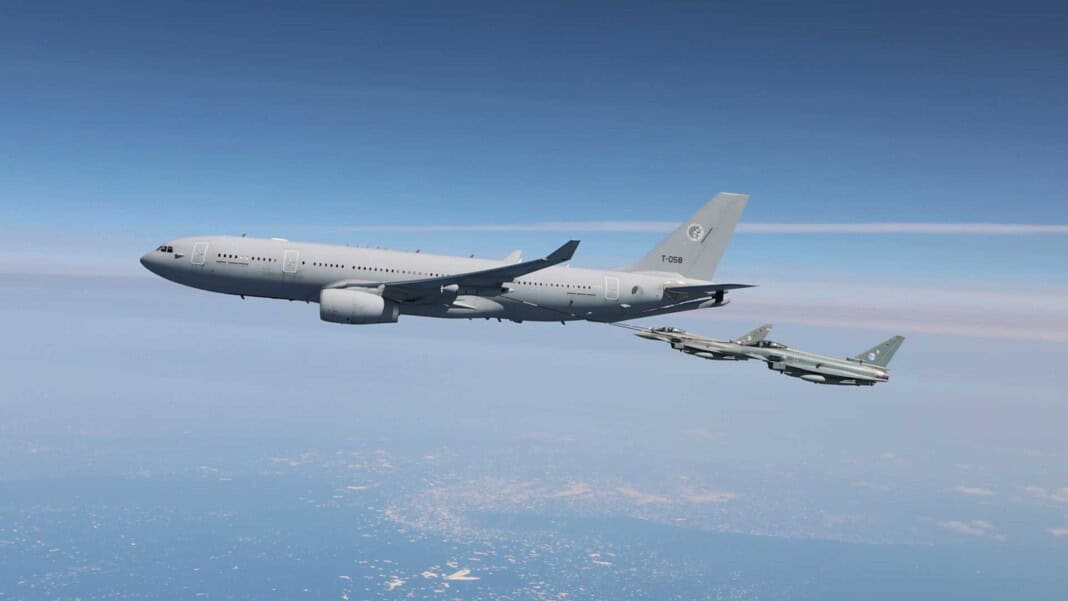
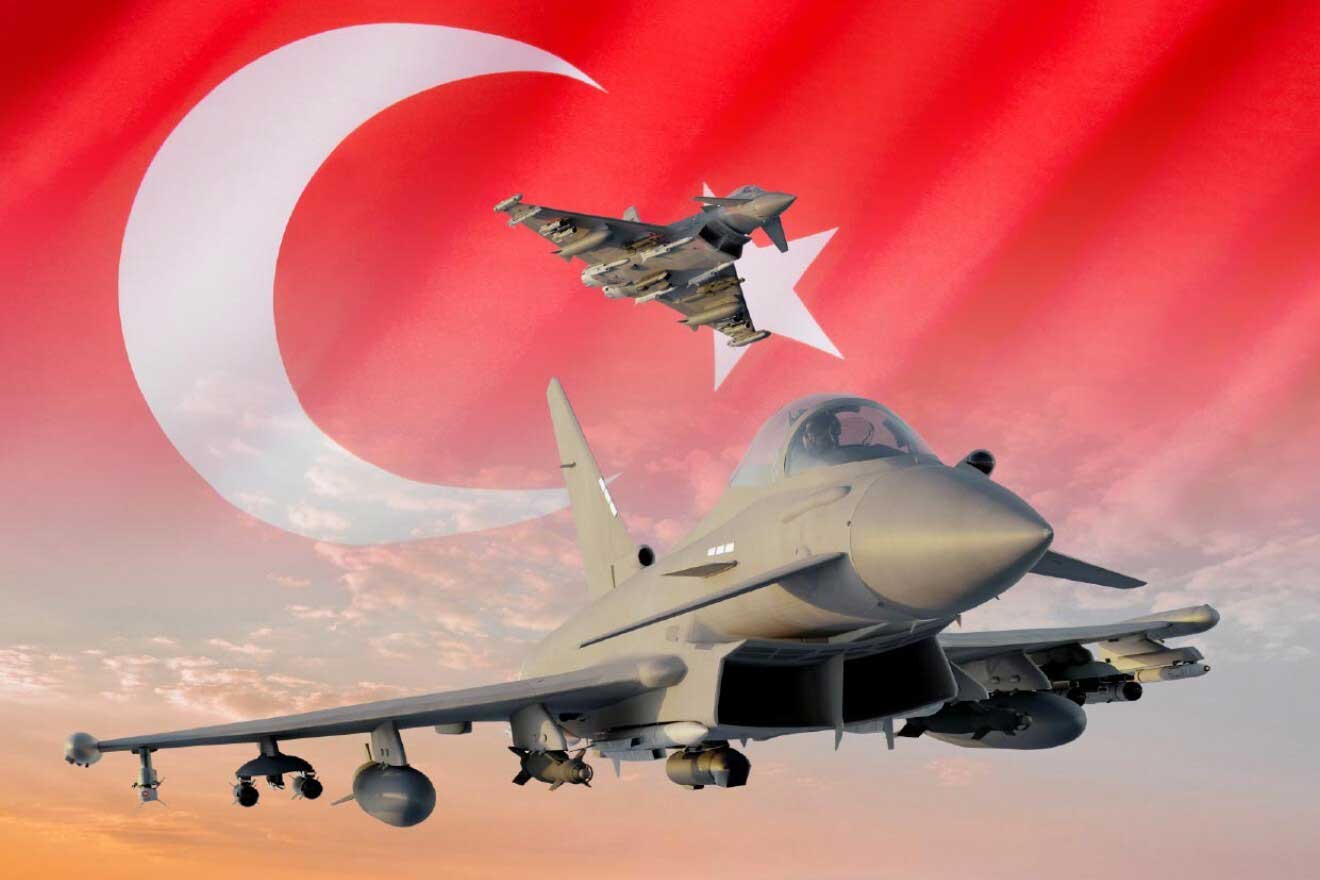 Türkiye joins the Eurofighter program and buys 20 Eurofighter Typhoons (Türkiye joins the Eurofighter program and buys 20 Eurofighter Typhoons)
Türkiye joins the Eurofighter program and buys 20 Eurofighter Typhoons (Türkiye joins the Eurofighter program and buys 20 Eurofighter Typhoons)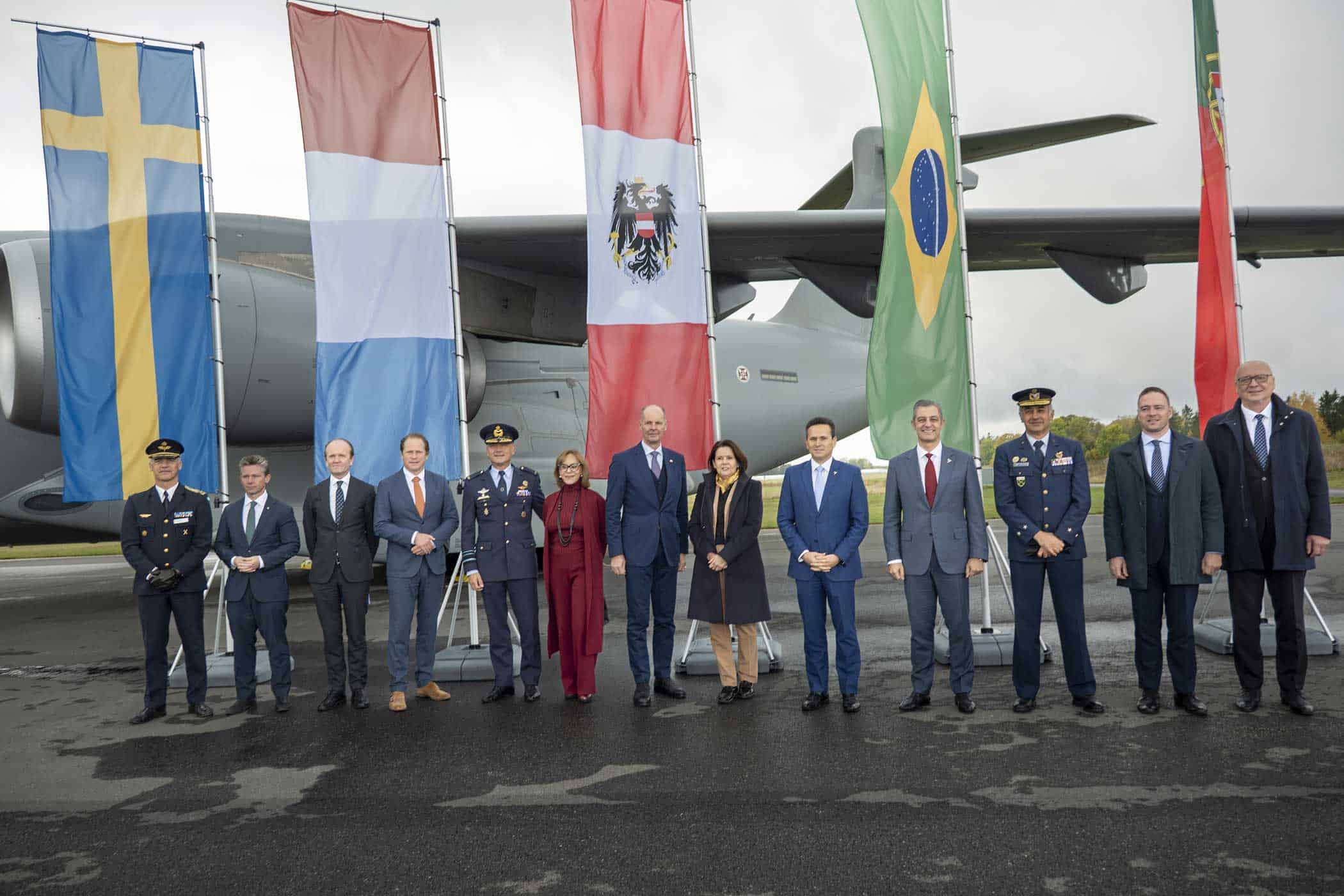 Sweden orders four Embraer C-390 Millennium multi-role aircraft (Sweden orders four Embraer C-390 Millennium multi-role aircraft)
Sweden orders four Embraer C-390 Millennium multi-role aircraft (Sweden orders four Embraer C-390 Millennium multi-role aircraft)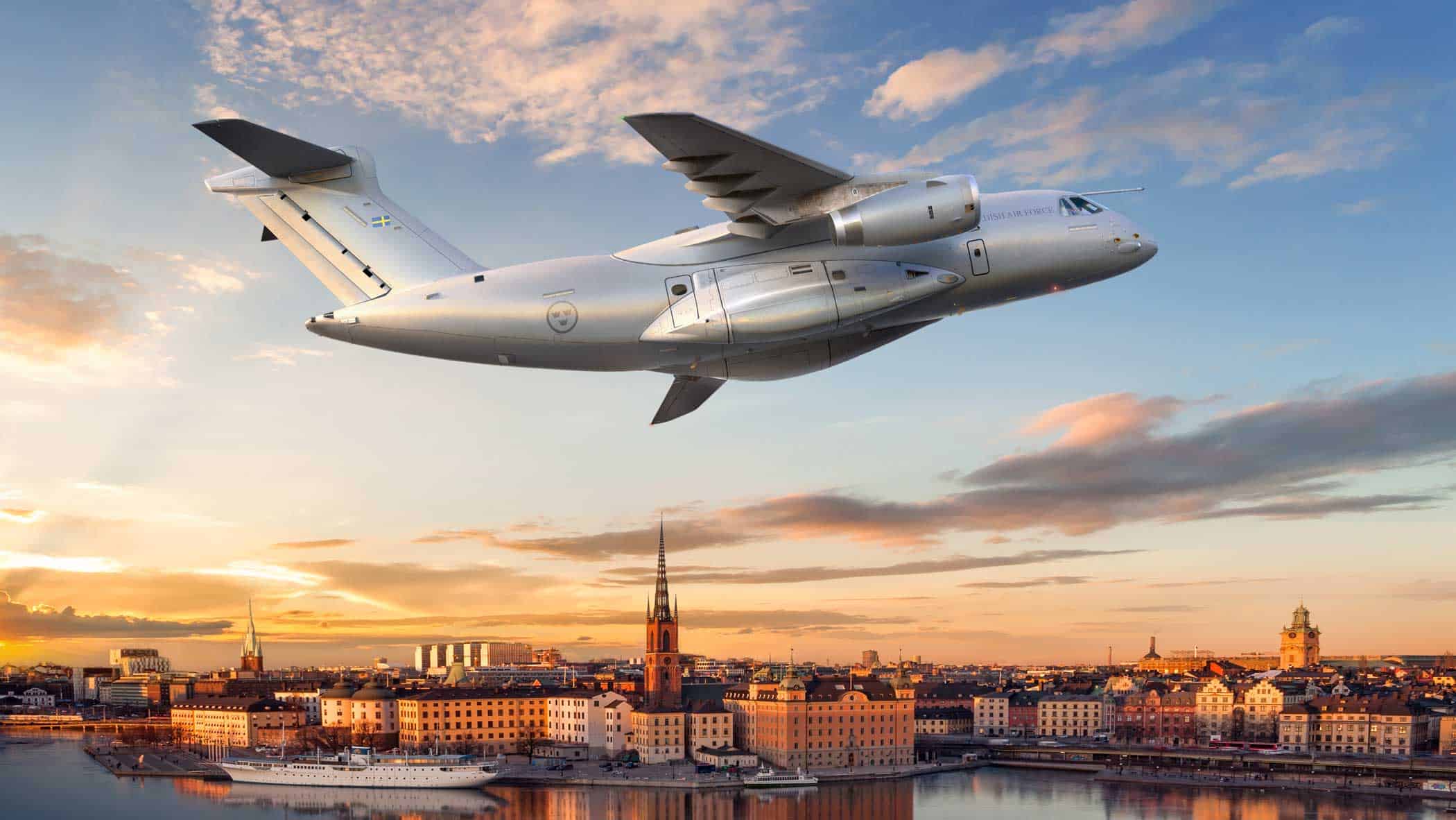 Sweden acquires Embraer C-390 aircraft for the Air Force (Sweden acquires Embraer C-390 aircraft for the Air Force)
Sweden acquires Embraer C-390 aircraft for the Air Force (Sweden acquires Embraer C-390 aircraft for the Air Force)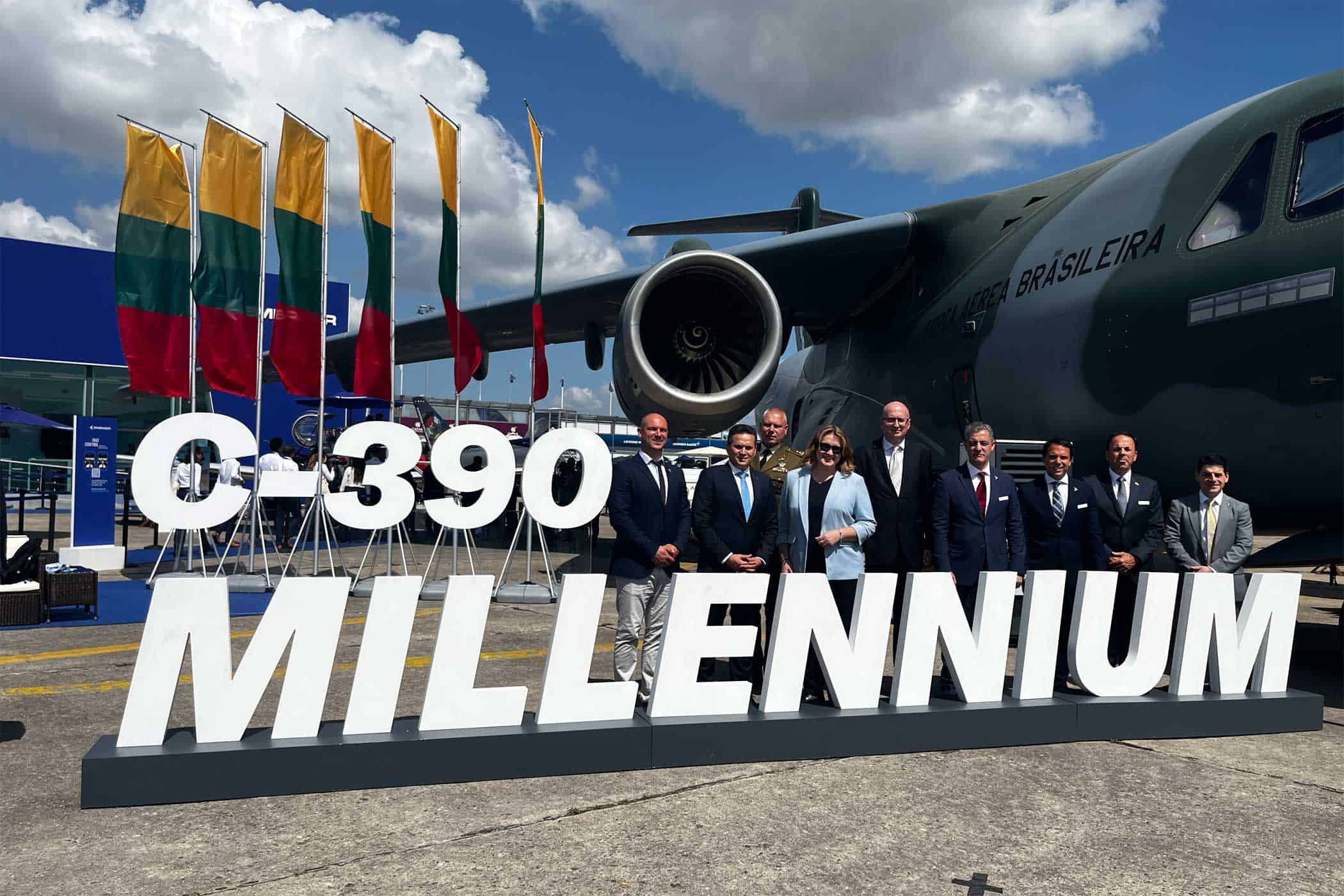 Strategic rearmament: Lithuania relies on Embraer C-390 Millennium (Strategic rearmament: Lithuania relies on Embraer C-390 Millennium)
Strategic rearmament: Lithuania relies on Embraer C-390 Millennium (Strategic rearmament: Lithuania relies on Embraer C-390 Millennium)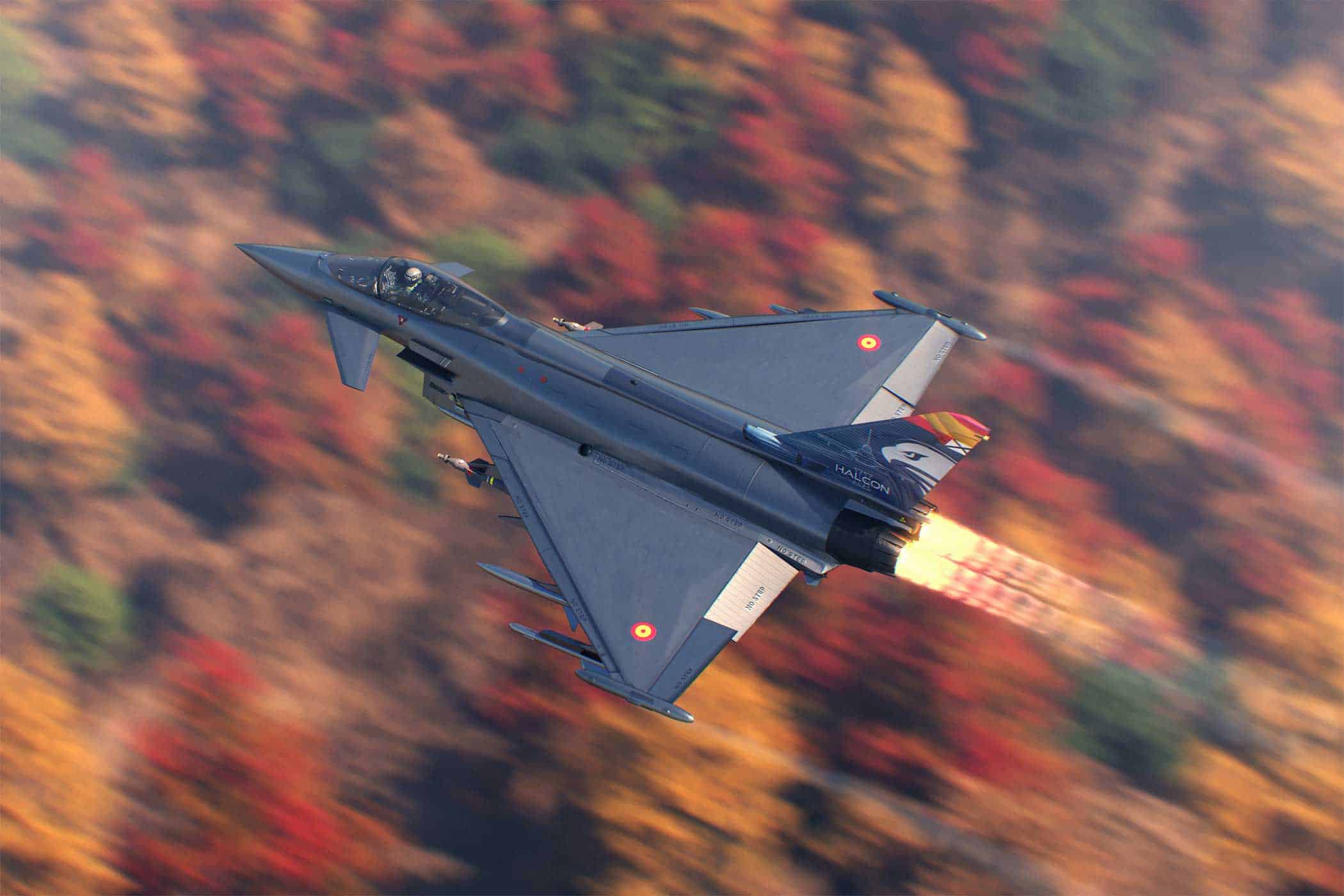 Spain strengthens Eurofighter fleet (Spain strengthens Eurofighter fleet)
Spain strengthens Eurofighter fleet (Spain strengthens Eurofighter fleet)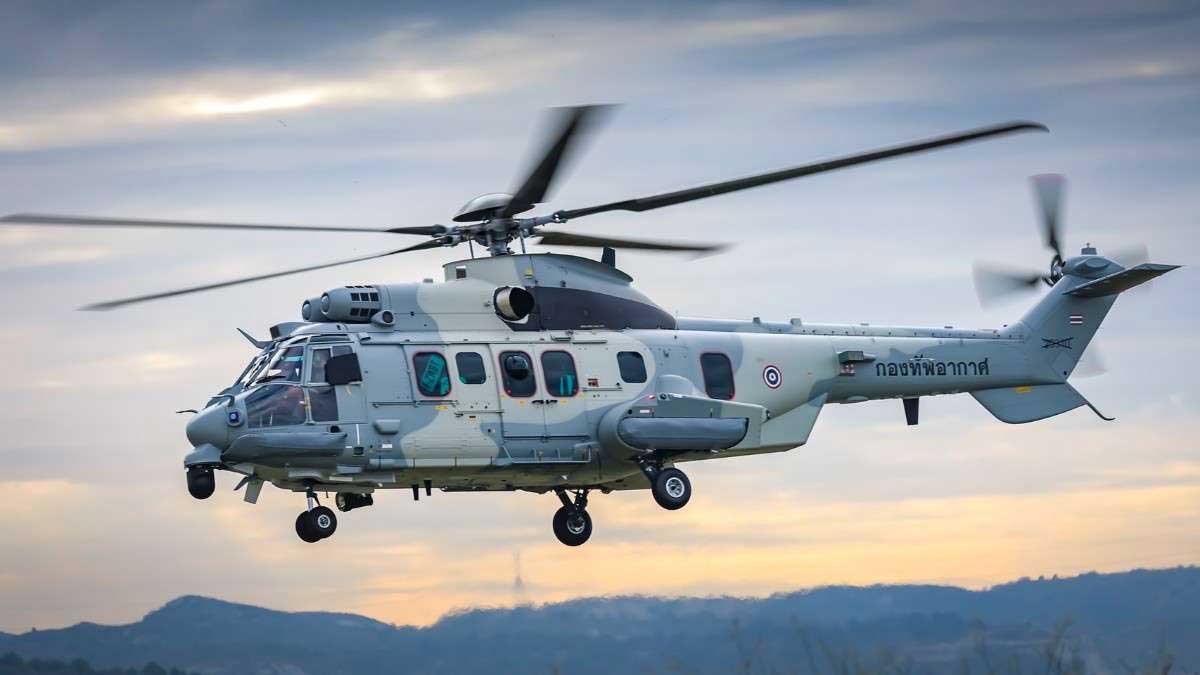 Royal Thai Air Force expands fleet with H225 multi-purpose helicopters (Royal Thai Air Force expands fleet with H225 multi-purpose helicopters)
Royal Thai Air Force expands fleet with H225 multi-purpose helicopters (Royal Thai Air Force expands fleet with H225 multi-purpose helicopters)

